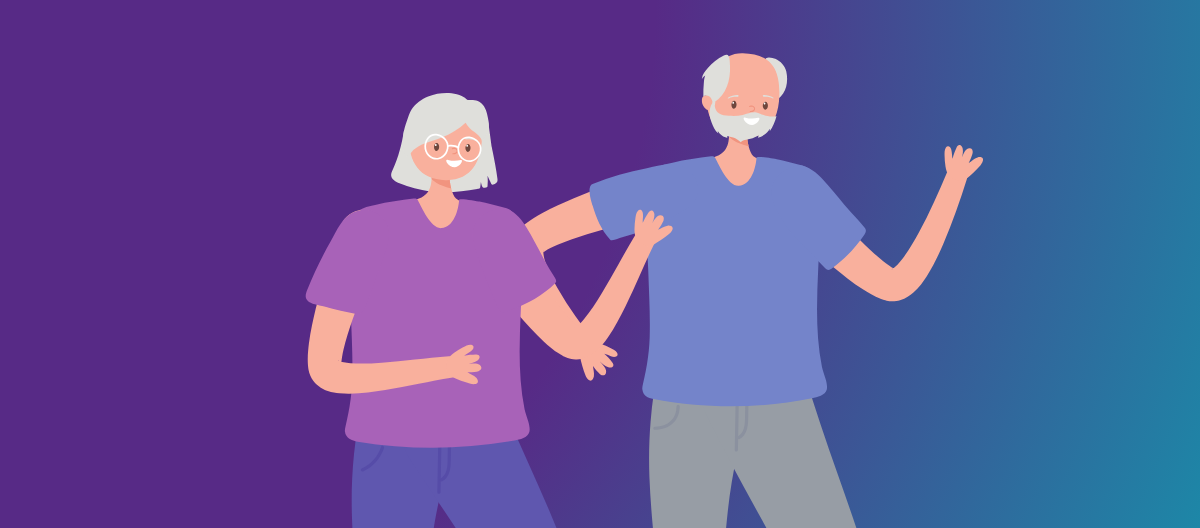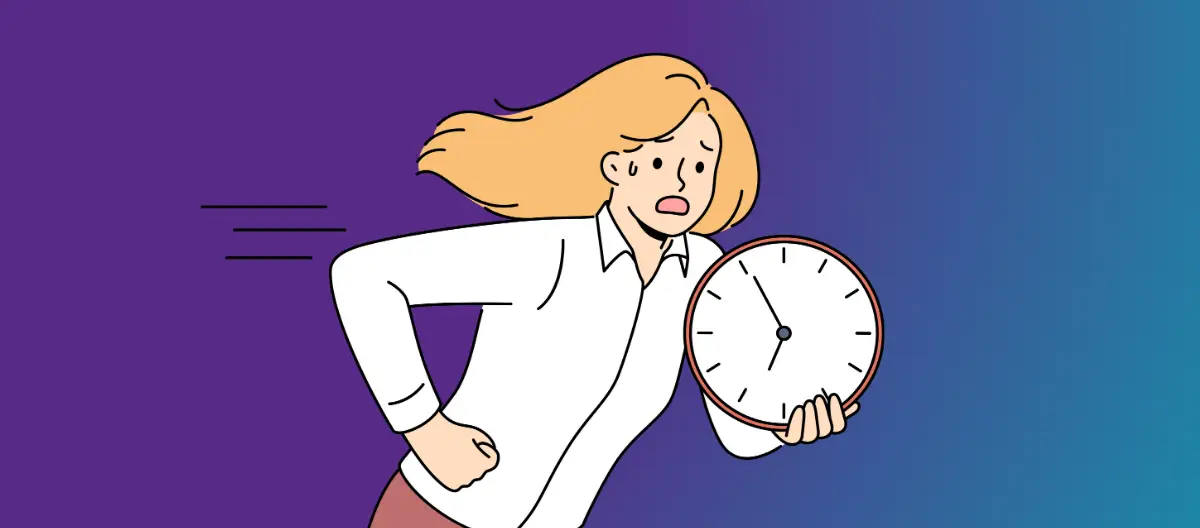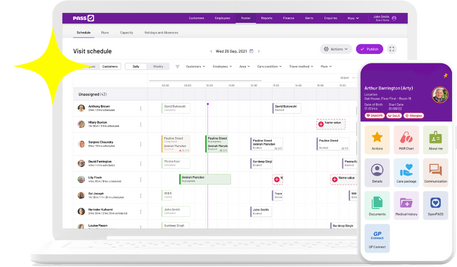Fiona Williams talks to everyLIFE about the digital care journey and the future of technology in social care.
EveryLIFE Technologies (ELT): To start with, what made you realise that you needed to go digital?
Fiona Williams (FW): When I was working in my previous role for one of the largest home care providers in the UK, my biggest concern was not having live data, not having information at your fingertips that you could access to support your customer. From a compliance point of view, having to rely on paperwork coming back in from customers’ homes to the office, and relying on people filling out information correctly was a risk. For me, it was a natural transition to be able to have information at my fingertips, to be able to have live information of what was going on across the widely dispersed customer base, all in real time.
ELT: What was the biggest challenge in maintaining quality and efficiency on paper systems?
FW: Medication was one of the biggest challenges for me because it was being administered and prescribed from different places. GPs, Pharmacies and the office and, critically, the care assistant would need to be notified of changes. This is one of the most commonly reported issues in home care and puts the provider at risk of failing to comply with standards if not managed correctly – and most importantly has serious health and safety implications for the customer.
ELT: What were the key considerations in transforming the business to operate digitally?
FW: We had a number of different systems in place at the time. We had paper systems, we had a roster system and we had the paper medication records, and then we had another system for something else, and another system for something else, but nothing really worked well together. I had a vision when I started there years ago to connect all of these systems, improving efficiency and making life a lot less challenging for people who worked in the office and in the business. I wanted them to be able to intercommunicate.
ELT: So, there were many disparate systems and you needed something that could talk to them and pull everything together. How did you go about selecting the right piece of technology?
FW: When I started looking, I considered a lot of different companies with various off-the-shelf systems, but there was nothing out there that I felt really covered off everything that I needed. That’s when I started to have conversations with everyLIFE about the PASSsystem and about how all of this was available from our back pockets’.
Right from the early days of PASS’s initial development, we shared a common vision – we matched! There was a lot of scope to develop and work for what I wanted as well, but it wasn’t just about what I wanted or what the team wanted, it was about what would help the business, our people and our customers. We had a number of meetings to plan out the work and requirements for the appropriate system. We then underwent a thorough implementation and training programme so that all staff were comfortable with the new ways of doing things.
ELT: Initially, how did the staff respond?
FW: It was quite mixed to begin with, but our team didn’t seem phased by it as we are all part of the smartphone generation now. It all came quite naturally. Overall, the team responded well, due to the simplicity of the system. Once it was implemented it very quickly became the norm, and people saw how easy the PASSsystem was to use, it just become part of the way we deliver good care.
ELT: What was the implementation process like?
FW: Successful implementations were driven by the leadership. They worked best when the people believed in the product and what it could do for their business and for the customers. Having someone identify as a ‘champion’ to really drive it forward and making sure training was complete reinforced a positive uptake.
ELT: Do you think that the use of technology creates a pull for younger people to come in to the care workforce? That they’re more likely to latch on to something that feels modern and forward-thinking and is in line with the way they go about life generally?
FW: Absolutely. For me, technology, was an obvious thing that we needed to adopt in the sector, and it definitely improved recruitment. I think it also helps to retain people in the sector. Using the app to record what they’re doing was much better than any paper system we had in the past. The process enabled much richer information to be recorded and more relevant to clients’ health and well-being giving staff a sense of pride in what they are doing. The PASSsystem guides staff clearly through what they must report back on to ensure outcomes are met.
Technology isn’t as scary as it was years ago. People coming into the sector now learn how to use it from the minute they walk in the door. Most people have a smartphone, and we can achieve an outstanding service enhanced by technology. Care work has been gaining increasing coverage in the press over the last few years. The challenge is that there is an increasing requirement for home care but a crisis in workforce availability. Technology might be part of the answer.
ELT: In your opinion then, what would be the top benefits of technology in social care?
FW: Real-time data for medication records is up there with my top things, along with the elimination of missed visits and enhanced communication between what’s happening out there in the community and what happens back in the office.
Using PASS allows for the streamlining of information and improves communication so that workers out in the community feel more supported. This improves health and safety monitoring across the organisation as well – from customer to care worker.
ELT: Do you feel the use of technology reduces the human element of care?
FW: Actually no, it enhances it. It’s far easier to fill in the information on the app than it ever was to sit and write up notes during a visit. Written notes can be rushed, illegible and incomplete, using abbreviations or copying what somebody else had written the week before. These are the types of things you can improve via the technology, allowing you to specify what the care assistant must report on. Using technology, you’re improving their standard of documentation and it is much quicker to complete. That means more face-to-face time with the customer and better-quality person-centred care.
ELT: Does the PASSsystem improve efficiencies across any other areas of the business?
FW: Yes, absolutely. It definitely streamlined operations across the business. Especially with medication and care plan changes, it was now no longer necessary for supervisors to physically attend the customers home just to make changes records. The PASSsystem allowed all changes to be made across the business and community in real-time. We could now utilize that resource in different way to enhance the service that you could provide to your customers.
The most exciting thing I found from an operational point of view, was the fact that you can integrate with your roster and payroll system too. This reduction in administration time from, a managerial point of view allows managers to have more time to support and thus retain their staff, which provides cost saving benefits, as we all know how costly it is to recruit.
ELT: What are your thoughts on what it means to have complete inter-operability across health and social care?
FW: I’ve had a number of discussions with NHS Digital about this. It’s a massive challenge. I’m not saying it’s not achievable, it’s just a big challenge. There are so many things to consider and it would obviously involve additional funding. Can it be done? My own answer is, I’d love to see it done. We need it to be done. It’s just the next piece of the puzzle. We, as a sector, are almost sold on technology changing the way we do things. It’s now just a case of finding the right solutions that meet government goals.
ELT: With that in mind, would you recommend PASS to other care providers?
FW: Absolutely! One of the great things that PASS contributes is the ability to evidence all the key elements for compliance and quality standards. Being able to do this means we can show how responsive we are as an organization and how effective we are as a care giver.
It’s a great tool, and I would recommend it to anyone, particularly those starting a new care business. By implementing tech right from the start, it can then become an everyday part of how they run their service.





